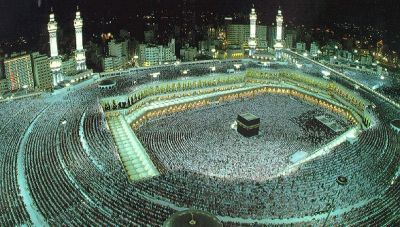

The Islamic (hijrī) calendar is used by more than a billion Muslims around the world to determine the main days of observance in the Islamic religious year. Although in daily life the Western (Gregorian) calendar is now generally followed, the Islamic lunar calendar has since the days of the prophet Muḥammad regulated the key days in the Islamic year such as the start of the month of fasting (Ramaḍān), the Breaking of the Fast (ʿĪd al-Fitr) and the Day of Sacrifice (ʿĪd al-Adḥā on 10 Dhu ʾl-Ḥijja) during the annual pilgrimage (Ḥajj) at Mecca.
Numerous online Islamic calendar converters can now be found on the internet, but in many cases it is unclear on which mathematical algorithms they are based. Most of these online calendar converters are based on arithmetical schemes such as those described here but often the adopted calculation scheme is not specified in any detail.
The Islamic calendar converter given here incorporates most of the arithmetical conversion schemes described in the literature or found on the internet. The Islamic calendar converter will be useful for determining the approximate Western equivalent for an Islamic calendar date (for conversion programs and tables based on the first sighting of the lunar crescent, see the web links given here) and can also be used for converting historical Islamic calendar dates into (approximate) Western calendar dates.